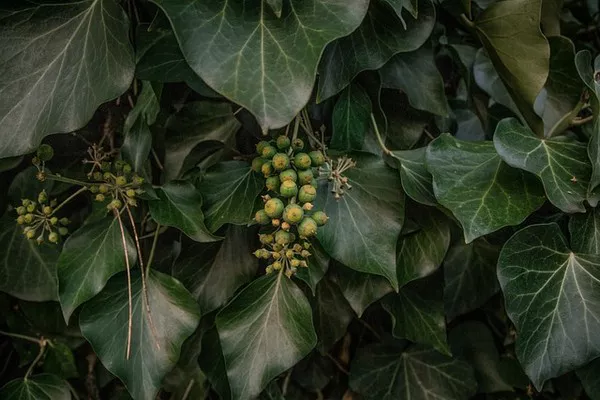Indoor plants add a touch of nature to our living spaces, but the presence of gnats can quickly turn the joy of gardening into a frustrating experience. These tiny, flying insects, often referred to as fungus gnats, can infest the soil of your plants and disrupt their growth. In this article, we will explore effective strategies to get rid of gnats in my plants and ensure the health of your indoor plants.
Understanding the Enemy: Fungus Gnats
Fungus gnats are small, mosquito-like insects that thrive in moist environments. They lay their eggs in the top layer of soil, where larvae feed on organic matter and plant roots. The adult gnats are not harmful to plants but can be a nuisance, buzzing around and laying eggs, which hatch into larvae that can damage your plant’s roots.
Maintain Proper Soil Moisture
One of the key factors contributing to a gnat infestation is overly moist soil. Fungus gnats thrive in damp conditions, making it essential to strike a balance when it comes to watering your plants. Allow the top inch of soil to dry out before watering again, and ensure that your plant pots have proper drainage to prevent water from accumulating at the bottom. This simple practice can go a long way in discouraging gnat reproduction.
Use Hydrogen Peroxide Solution
Hydrogen peroxide can be an effective and safe solution to combat fungus gnat larvae in the soil. Mix one part 3% hydrogen peroxide with four parts water and water your plants with this solution. The oxygen released during the process helps kill larvae and aerates the soil. Repeat this treatment every few days until the infestation subsides. Be cautious not to overuse hydrogen peroxide, as it may affect beneficial microbes in the soil.
Implement Yellow Sticky Traps
Yellow sticky traps are a low-cost and non-toxic method to control adult fungus gnats. These traps are coated with a sticky substance that attracts and captures flying gnats. Place the traps near your plants, ensuring they are positioned close to the soil surface where the gnats are most active. Regularly replace the traps as they become covered with insects. While sticky traps won’t eliminate the problem entirely, they help reduce the gnat population significantly.
Neem Oil for Fungus Gnat Control
Neem oil, derived from the neem tree, is a natural insecticide known for its effectiveness against a variety of pests, including fungus gnats. Mix neem oil with water according to the manufacturer’s instructions and spray the solution onto the top layer of the soil. Neem oil disrupts the life cycle of gnats and acts as a deterrent for egg-laying adults. Repeat the application every week until the infestation is under control.
Beneficial Nematodes: Nature’s Pest Controllers
Beneficial nematodes are microscopic organisms that prey on the larvae of various soil-dwelling pests, including fungus gnats. These natural predators can be purchased and applied to the soil. Simply mix them with water and water your plants as usual. Beneficial nematodes actively seek out and destroy gnat larvae, providing an environmentally friendly and chemical-free solution to the problem.
Allow the Soil to Dry Out
Fungus gnats thrive in consistently moist soil, so allowing the top layer of the soil to dry out can significantly disrupt their life cycle. Instead of adhering to a strict watering schedule, monitor the moisture level of the soil and water only when necessary. Additionally, consider using a fan to improve air circulation around your plants, as this can help keep the soil drier and discourage gnat infestations.
Replace Infested Soil
In severe cases of gnat infestations, it may be necessary to replace the top layer of soil to remove larvae and eggs. Gently remove the top inch or two of soil and replace it with fresh, well-draining soil. This can be a crucial step in breaking the gnat life cycle and preventing further infestations.
See Also How To Get Rid Of Bugs On Indoor Plants? A Comprehensive Guide
Conclusion
Dealing with gnats in your plants requires a multi-faceted approach that addresses both the adult insects and their larvae in the soil. By maintaining proper soil moisture, using natural remedies like hydrogen peroxide and neem oil, and implementing traps and beneficial nematodes, you can effectively get rid of gnats and ensure the health of your indoor plants. Consistency is key, so be patient and persistent in applying these strategies until your plants are gnat-free. With a proactive approach, you can enjoy a thriving indoor garden free from the annoyance of fungus gnats.


